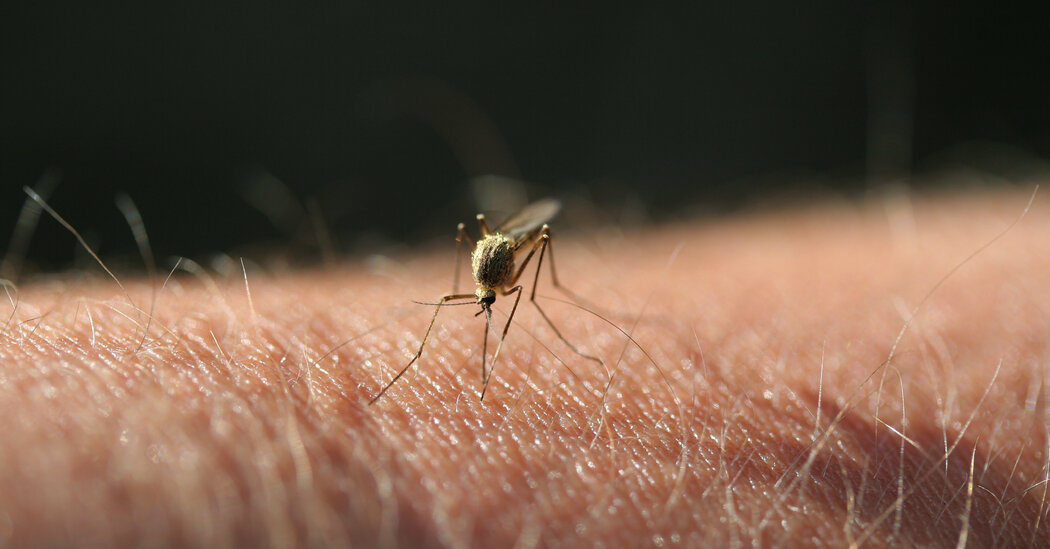Infections, which can cause fever and fatigue, tend to peak in August and September.
One evening in July 2003, Dr. Lyle Petersen stepped out of his home in Fort Collins, Colo., to pick up the mail. He ended up staying out longer than expected to chat with his neighbor. But when they both got being bitten by mosquitoes, they rushed back indoors.
Three days later, Dr. Petersen began to feel extremely fatigued. He developed a fever and a severe headache, and his muscles began to ache. “I was in bed for a week,” said Dr. Petersen, the director of the division of vector-borne diseases at the Centers for Disease Control and Prevention. “It’s the sickest I’ve ever been.”
Around day 7, a rash appeared on his skin. Given his expertise, Dr. Petersen suspected the cause. A blood test later confirmed he had been infected with West Nile virus, the leading cause of mosquito-borne disease in the country.
What is West Nile virus disease?
The virus is largely carried by Culex mosquitoes in the United States. Female mosquitoes spread the virus when they bite a bird infected with the virus and then bite a person. Many people who are infected don’t get sick. But about 20 percent develop a fever, “which ranges from pretty mild to pretty awful,” Dr. Petersen said. Other common symptoms include headaches, fever, tiredness, muscle aches, eye pain and skin rashes.
Most people recover within a few days, but some continue to experience extreme exhaustion for weeks to months. Dr. Petersen, for example, couldn’t walk up the stairs of his house without feeling fatigued for nearly three months after his infection.
In rare cases, the illness can lead to a severe neurological disease, causing paralysis, meningitis and brain damage. Those who are severely affected tend to be older and often immunocompromised. About 1 in 10 people who develop these neurological problems die from the disease.
